When and how does linden multiply?
To get a clear idea of the atmosphere of Paradise, it is enough to stroll along the linden alley in the early July evening. The incomparable delicate, sweet scent of flowering linden is heard from afar. It is impossible not to recognize her yellow flowers, collected in lush semi-umbrellas with bracts resembling the wings of a dragonfly. In addition to its enchanting aroma, exquisite beauty and undoubted benefits, the tree is distinguished by many amazing properties.
Content:
- Linden is the leader among honey plants
- Medicinal raw materials
- Folk recipes
- Distribution opportunities
- Seeds in linden fruits
- Young growth
Linden is the leader among honey plants
Life span individual representatives of the linden can reach more than a thousand years, and on average, the tree lives up to five hundred years of age. The first flowers adorn the branches of an adult, twenty-year-old tree, if it grew in natural conditions. Artificially planted linden alleys begin to bloom by the age of thirty.
Everyone is well aware of the melliferous properties of linden, because bees can collect up to 16 kilograms of high-quality honey from the nectar of one flowering tree per season. Natural linden honey is transparent with a slightly yellow or greenish tinge, has a specific smell, very pleasant taste with a subtle sensation of bitterness at first. Its nutritional, medicinal and energy properties can hardly be overestimated.
Medicinal raw materials
Folk and traditional medicine are unanimous in the recognition of the medicinal purpose of linden blossom. Industrial harvesting of raw materials is carried out from the moment when half of the flowers in inflorescences have blossomed. Dried flowers are stored for no more than two years in paper or rag bags.
Essential oils, wax, glucose, carotene contained in linden flowers, as well as a huge amount of useful substances and elements make preparations from this raw material indispensable for many ailments. Simple linden tea cures colds, fever, is used as a diaphoretic, choleretic and diuretic, relieves inflammation and soothes.
Folk recipes
Broth from dry linden flowers applicable in cases of croupous pneumonia, rheumatic pains and light-headedness. A decoction of freshly picked flowers in equal proportions with sage helps to get rid of kidney pain, and with the addition of baking soda, it is used for rinsing with sore throat and stomatitis. Lotions and poultices help relieve inflammation in hemorrhoids, gynecological problems, ulcers and edema.
Wood or linden branches, dried and crushed, are used as an adsorbent of toxic substances in food poisoning. Linden charcoal is used for pulmonary tuberculosis, gastrointestinal problems and bleeding open wounds. Tar, obtained from linden wood, is applied to areas of the skin affected by eczema.
The boiled young bark, slippery to the touch, heals burns and abscesses well. For the same purposes, you can use the crushed buds and leaves of the tree. Linden fruits, ground into powder and soaked in vinegar, stop bleeding. Linden leaves placed on the head relieve headaches.
Distribution opportunities
Linden plantings consist of individual trees, but under natural conditions, oppressed by the crown of more powerful representatives of the forest flora, linden can take the form of a large shrub.The ability to reproduce by underground shoots gives it the ability to creep under the canopy of the forest. The elastic balls that emerge after flowering contain cotyledons, which are sifted near the tree and blown around by the wind.
Slender linden with an even, neat crown, during flowering, filling the area with a heady aroma, can be found literally along every road. This plant is extremely unpretentious, due to which many of its species (and the linden genus has a huge number of varieties, somewhat different from each other, both in appearance and in medicinal properties) are successfully used for landscaping streets, courtyards, parks. How does linden multiply?
Seeds in linden fruits
Most often, this tree is propagated by seeds. Around the middle of July, the linden begins to bloom (depending on weather conditions, this may happen earlier or later). The flowering of the plant is not too long, as a rule, it lasts about ten to twelve days, after which small grains-fruits are formed in the place of fragrant flowers, in which one or two seeds are hidden.
There are two ways to collect and plant these fruits: when they are already fully ripe and have acquired a brown tint (that is, in autumn), or when the fruits have barely turned yellow, almost immediately after flowering.
However, in the first case, seeds planted in the fall germinate after two, and sometimes three years, so many experts recommend using unripe seeds for sowing.
Young growth
Speaking about how linden reproduces, one cannot fail to mention the seedlings that appear under the crown, which can be used for transplanting and growing young trees. Small young shoots easily tolerate transplanting, however, they should be transferred to a new place only in spring, preferably in wet and cool weather.
In early spring, you can easily collect, even before the first leaves appear, the day before sifted under the crowns of old trees and slightly sprouted linden seeds. If you need to grow a tree from the seeds collected after flowering, then they will need to create similar natural conditions by keeping them moist for several months at low temperatures. It is better to plant in spring, because linden is more difficult to endure autumn planting.
And remember that a person who has planted at least one tree leaves a good mark after himself on this earth.



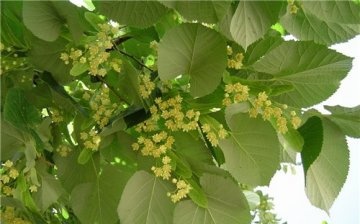
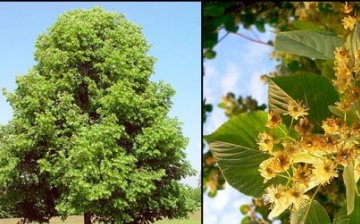
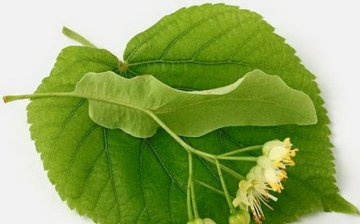
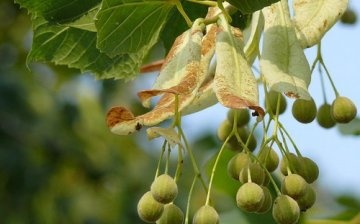




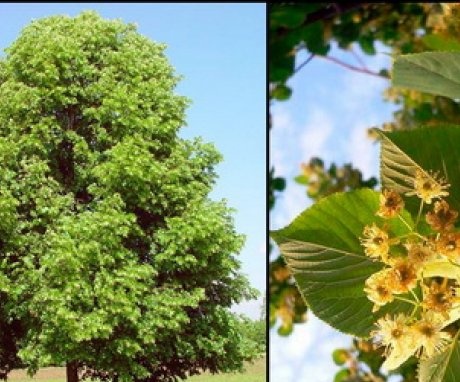
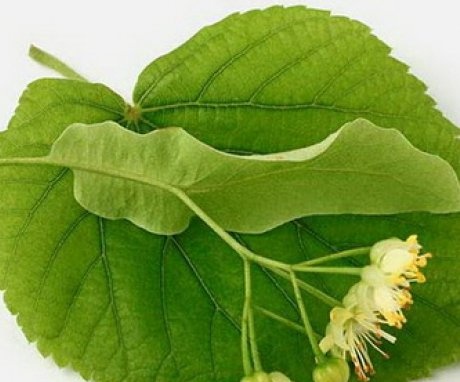
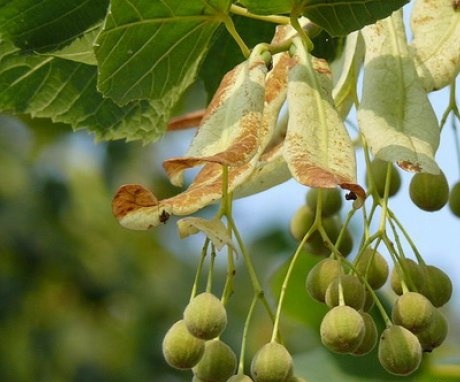
And what a wonderful scent of linden flowers! It would seem that they are so inconspicuous, but when they bloom, the air is simply filled with the scent of these modest flowers. Love him!